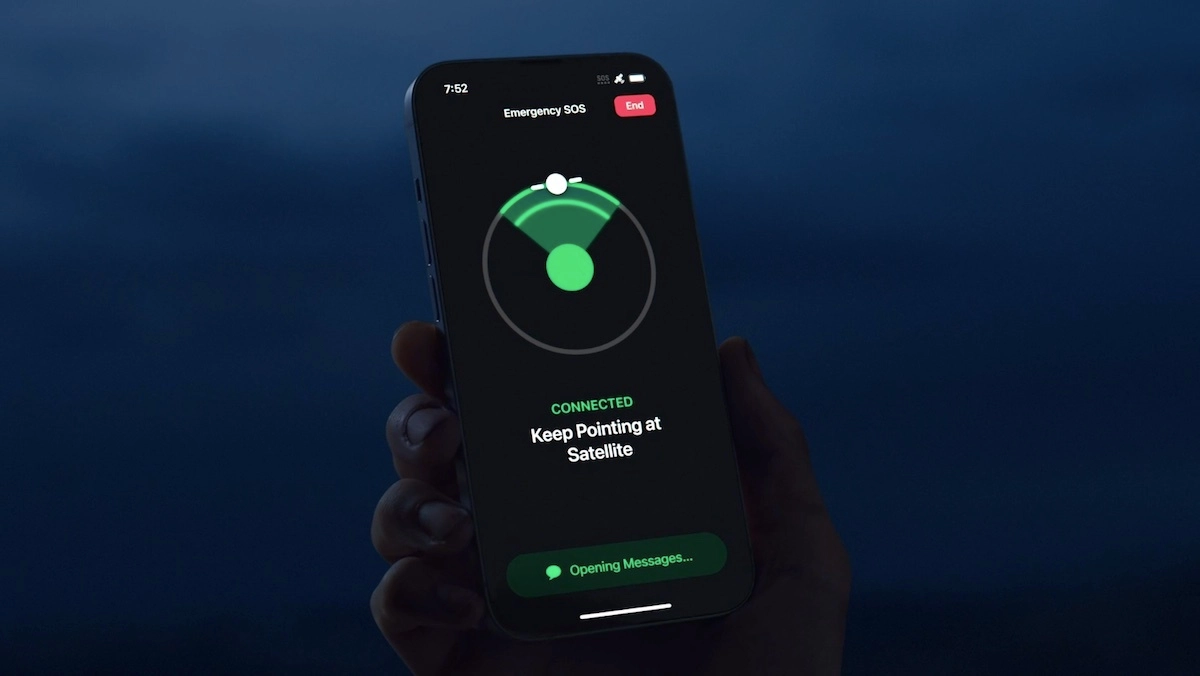Apple’s New ‘Emergency SOS via Satellite’ Feature is Powered by Rival Qualcomm’s Modems
Made possible due to the n53 band on Qualcomm's x65 modem

Remember when MacBooks used to come with Intel processors, if you can’t, don’t worry because it’s actually been a while. In an absolute feat of engineering, Apple developed the ARM powered M1 chip in-house, reducing their dependence further on big vendors. And if you look at the company’s history, they really love to make everything in-house, unless there’s no option for that. The Cupertino Giant, apart from CPUs, also sourced modems from Intel a while back, but they later switched to Qualcomm modems.
And that still hasn’t changed. Apple’s newly released iPhone 14 models also contains Qualcomm’s X65 modem chip. This was the case last year, and the year before that as well where all iPhone 12 and 13 models were equipped with a Qualcomm modem. But what’s so special this year?
Well, the X65 modem chips, apart from the usual 5G connectivity, also offer the n53 band, which is used by satellites from Globalstar. So essentially, one of the biggest Apple features this year, Emergency SOS through a satellite, is powered by a rival’s modem.
Emergency SOS via satellite can help you connect with emergency services under exceptional circumstances when no other means of reaching emergency services are available. If you call or text emergency services and can’t connect because you’re outside the range of cellular and Wi-Fi coverage, your iPhone tries to connect you via satellite to the help that you need.
Bad Blood Between Apple and Qualcomm
Apple and Qualcomm have dragged each other in court multiple times now. But there was a legal breakthrough in 2019 where both the companies announced, that they had reached an agreement to dismiss all litigation worldwide and settle out of court. This included a one-time payment to Qualcomm, probably the $7 billion Apple withheld in royalty payments.
There was also a six-year license agreement between the two companies, including a two-year optional extension. Which means Apple can easily depend on Qualcomm, at-least until till 2025, before it replaces them with their own modems. It’s not an ideal option for Apple, given this gives Qualcomm a lot of pricing power as there aren’t a lot of competitors in this space.
Apple has been quietly working on its own modems as well, and in 2019 the company acquired Intel’s modem business entirely for $1 billion. But that still hasn’t translated to anything yet. Although making a modem is hard, and specially making a modem that matches Qualcomm’s flagship X65 chip is power efficiency and performance.
The move extends Apple’s push toward greater reliance on its own parts at the expense of Qualcomm, Intel and others. Qualcomm gets about 11% of its revenue from Apple, while Intel gets roughly 7% of sales from the iPhone maker, according to data compiled by Bloomberg.